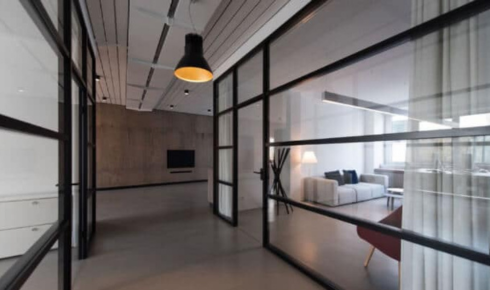Window tinting has quietly evolved from a niche upgrade to a strategic investment for property owners. Whether it’s a family home battling intense summer glare or an office tower aiming to reduce energy costs, high-quality films are increasingly seen not as a luxury, but as a necessity. In particular, house window tinting is no longer just about privacy or aesthetics—it’s about efficiency, protection, and comfort across the seasons.
In the residential sector, tinting is often misunderstood as merely darkening glass. In reality, it involves applying specialized films that selectively filter sunlight, block ultraviolet rays, and help regulate indoor temperatures. These films work much like insulation in a wall, slowing down the transfer of heat and reducing the reliance on air conditioning. For households facing soaring energy bills, this becomes a tangible advantage. But energy isn’t the only concern—prolonged UV exposure can fade interior furnishings and flooring, degrade electronics, and even harm skin. Tinted windows act as a shield, preserving not just physical objects, but the quality of life indoors.
What sets commercial window tinting apart is the scale and complexity of its application. In office buildings, retail spaces, and industrial facilities, the requirements go beyond comfort. There are considerations like security film to prevent break-ins, solar control films to maintain a uniform building appearance, and compliance with energy codes. In some regions, building owners may even qualify for sustainability incentives by using certain film types. Moreover, in commercial contexts, the installation process demands logistical planning to avoid business disruption and to accommodate large-format glazing systems.
Pricing for both residential and commercial projects varies, but not always in predictable ways. It’s not just about the number of windows—accessibility, film grade, glass condition, and specific goals all factor in. A homeowner interested in thermal insulation might need a different product than a store owner seeking maximum glare reduction for display windows. Professional installers play a crucial role here: they assess the property, recommend the right type of film, and ensure proper application that avoids bubbling, peeling, or haze.
One of the more nuanced aspects of window tinting is film selection. Reflective films can reject a significant amount of solar energy but may create mirror-like surfaces that aren’t always desirable in homes. Frosted or decorative films, on the other hand, allow for creative expression while preserving natural light. In commercial settings, branding elements or subtle patterns can be integrated into the glass without compromising function. Selecting the right film is often a balance between visual appearance and technical performance—a process that benefits from expert input.
Beyond the obvious perks like cooling and privacy, window films also offer benefits that are not immediately apparent. Certain multilayered films can hold glass shards in place during breakage, acting as a passive safety measure. In locations prone to storms or vandalism, this feature alone can justify the investment. Additionally, by reducing the strain on heating and cooling systems, window tinting can extend HVAC lifespan and lower maintenance costs—an aspect that facility managers increasingly take into account.
In the end, the decision to tint windows should stem from a broader understanding of the building’s behavior, its orientation, usage, and long-term energy strategy. It’s not just a matter of buying film and applying it—it’s about transforming how a space interacts with its environment. For some, the motivation may be aesthetic; for others, it’s energy compliance or occupant wellbeing. Regardless of the reason, one thing is clear: both residential and commercial buildings stand to gain from this discreet yet powerful upgrade.
If you’re considering ways to improve indoor comfort, reduce costs, or enhance safety, it may be time to look beyond the glass and explore what today’s advanced tinting technologies have to offer.





